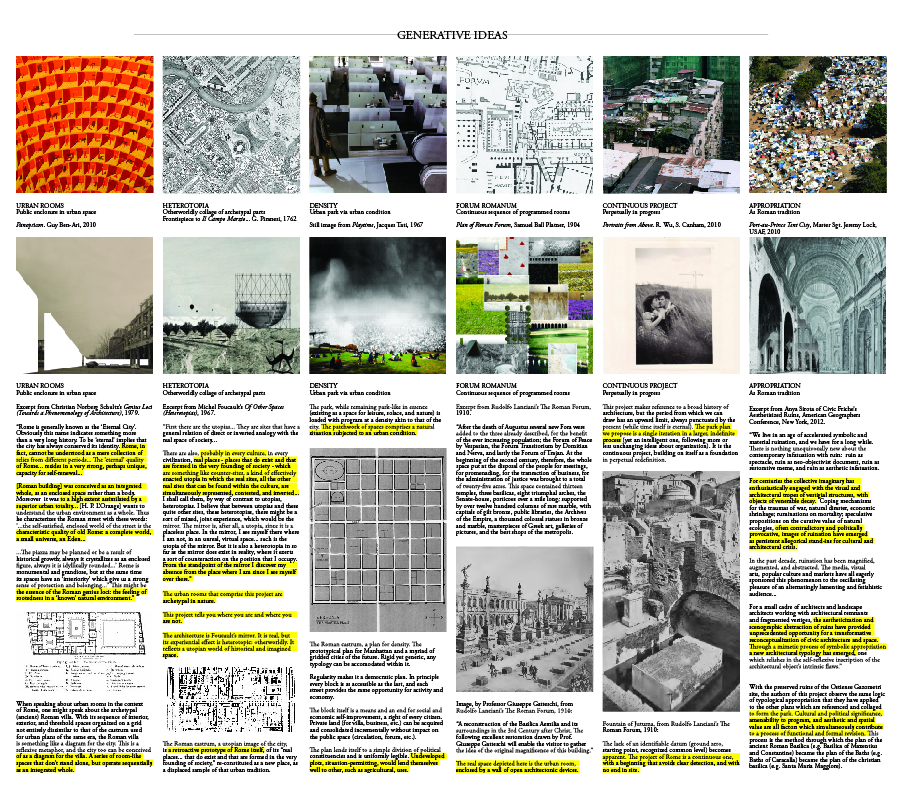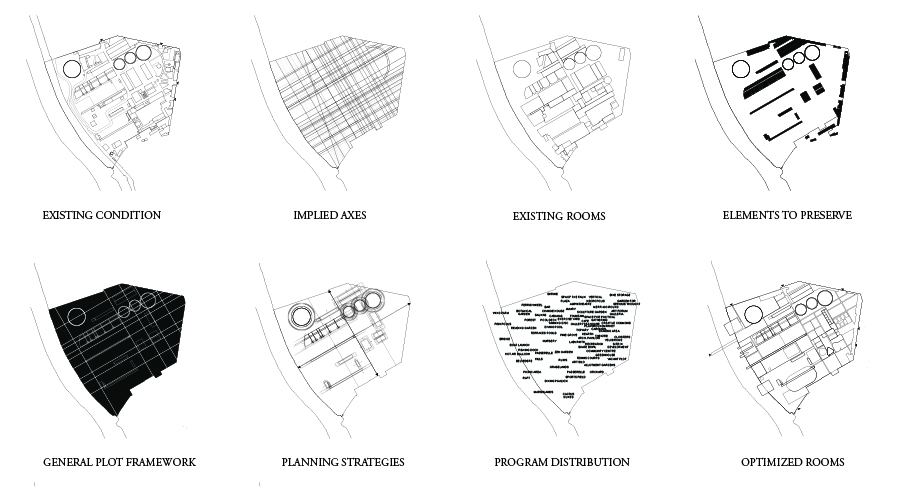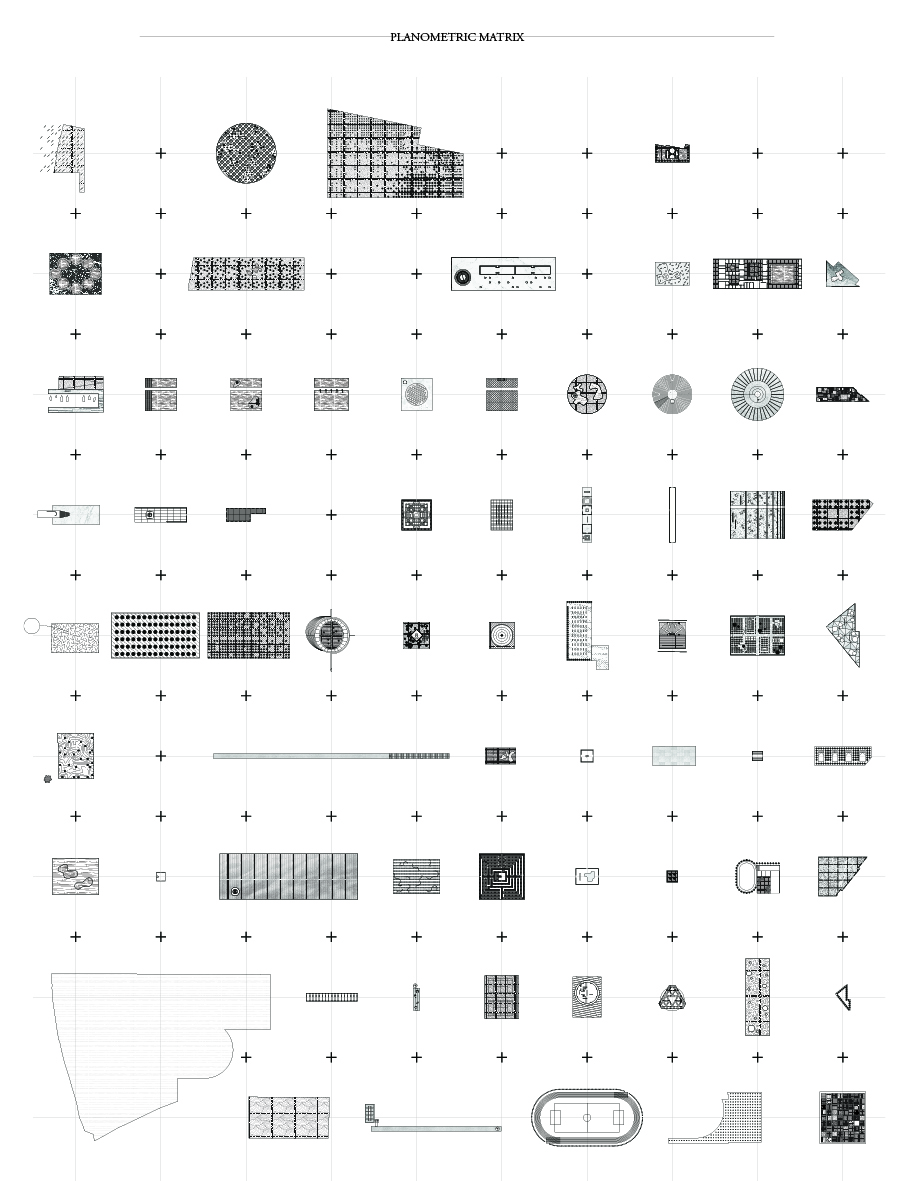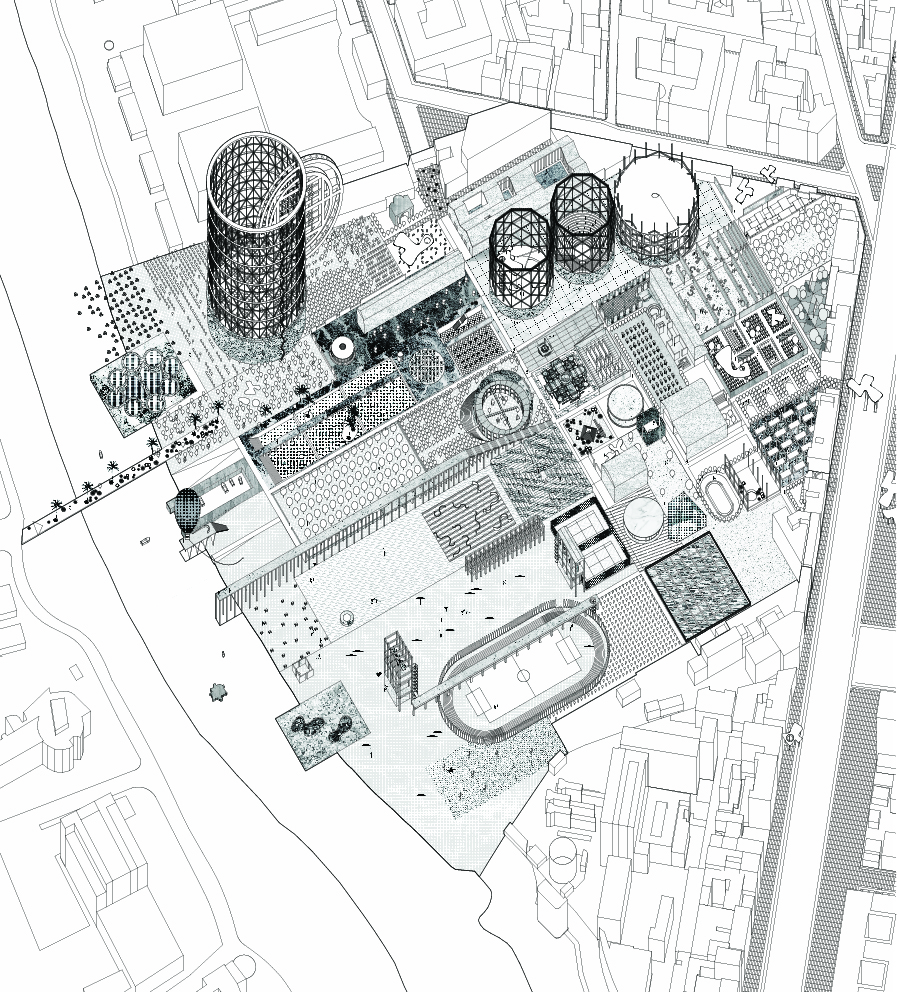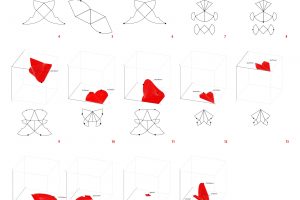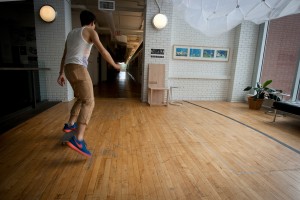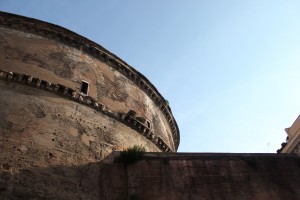Monday and Thursday are studio days, even in Rome. Overlooking the vibrant Piazza Santa Maria in Trastevere is the fourth year studio, a chaotic but cozy space immersed in the frenzy of the ancient city. Trips to Melville are replaced by frequent trips to Cafe San Calisto and empty wine bottles litter the studio. When the class isn’t off sketching their way through the north and south of Italy, they can occasionally be found hunched over their sawhorse plywood desks churning out beautiful projects for the Roman city.
Arch 492 / Lorenzo Pignatti + Tracey Winton studio coordinators
Progetto Ostiense
Design Brief
The Rome Studio theme was urban revitalization, re-qualifying former industrial areas as generators of public life. The main term projects created a vision for the long, wide arterial road Viale Ostiense that connects Rome to Ostia, stretching from the Porta San Paolo, in the Aurelian Wall, down to the Basilica San Paolo. Initially students were asked to transform that 2 km section of Viale Ostiense, which at one point forms a tangent to the Tiber River, into a real urban armature by reorganizing its public spaces, with a set of specific interventions along the length to reinforce its hybrid and multi-functional character. These would include connections to the river and other green spaces, pedestrian zones and public transportation.
Subsequently, we chose four sites at different scales to suit four different programs of development: a public space at Porta San Paolo and the Pyramid of Gaius Cestius; a park on the Gazometer site at Italgas; a housing development near to the Garbatella, and a library across from the Basilica, flanking the Tiber close to the new pedestrian bridge. In each case, these final projects were to produce new institutional anchors, or curate existing ones, for the public space at broader and more intimate scales in keeping with the previously proposed urban vision.
Project by Matthew Davis + Miles Gertler / 4A
Design Statement
1a) The title of this project refers to the Campo Marzio area in Rome (the military grounds outside of the city limits predating the Late Republican era). As the old city expanded, this area became central and to this day is a matrix of important works from the antique world. The district has long contributed to the city’s abundance of public space. Public rooms of many scales lead from one to another in a continuous plan. But what was once a vibrant urban centre is now an urban-scale museum (complete with artifacts, guides, and gift shops), effectively frozen in the name of historical preservation.
1b) The title of this project refers to the frontispiece image from Giovanni Battista Piranesi’s 1762 work, “Il Campo Marzio dell’antica Roma.” In it, Piranesi layers urban fantasy with typological invention in a decidedly unhistorical collage of the Campo Marzio. Referencing a planometric arsenal of Roman architecture, he constructs an otherworldly image of the city: not Rome, but entirely Roman.
1c) The title of this project suggests that this design for a park in the formerly industrial Ostiense district might have something to do with an otherworldly vision of public space, typological appropriation, and the thrust by which a peripheral district becomes central to the city it was once only attached to.



